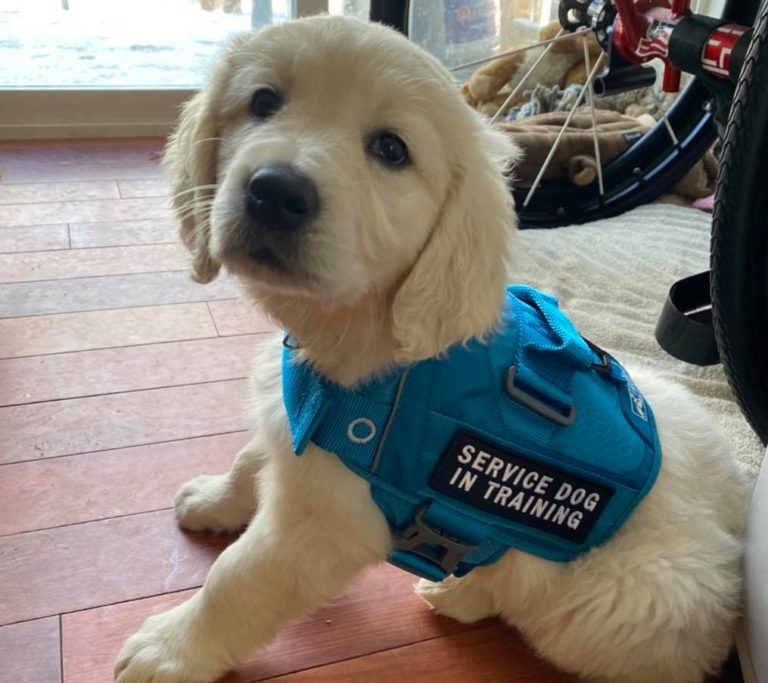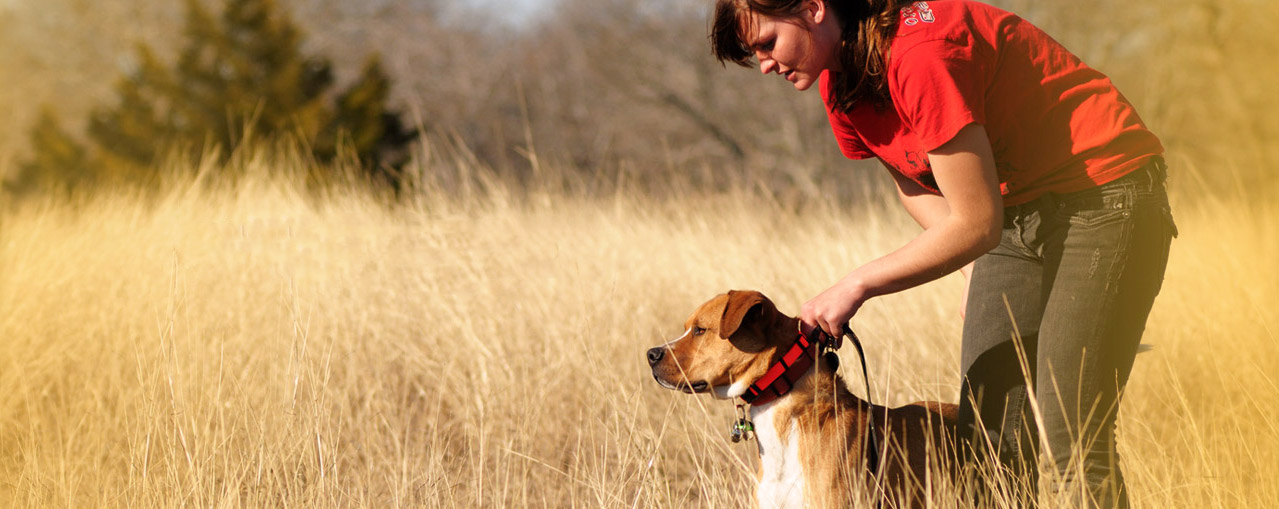Unlock Your Canine's Prospective: Proven Dog Training Techniques for Success
Reliable canine training is a nuanced process that pivots on understanding canine behavior and utilizing clinically backed approaches. By integrating positive support, developing clear commands, and prioritizing socialization, pet dog proprietors can cultivate a productive relationship with their animals.
Recognizing Pet Dog Actions
Recognizing pet dog behavior is important for effective training and fostering a favorable relationship in between pets and their owners. An extensive understanding of canine body movement, articulations, and social interactions is vital for identifying their demands and feelings. Dogs interact mainly through non-verbal signs; for instance, a wagging tail might show enjoyment, while pinned ears can indicate fear or submission.

Additionally, ecological elements play a substantial role in forming a dog's actions. Changes in routine, brand-new surroundings, or the visibility of strange individuals can lead to anxiety or anxiousness in pet dogs. Recognizing these triggers allows owners to reduce damaging reactions and establish proper training approaches.
Eventually, a deep understanding of canine behavior lays the structure for successful training techniques, improving both actions and the total bond in between the pet and its owner. Dog training. This understanding is essential for cultivating a well-adjusted, satisfied canine buddy
Positive Support Techniques
Effective training relies heavily on favorable reinforcement methods, which have been shown to produce significant outcomes in shaping preferred actions in pets. This approach involves awarding a pet dog for showing certain actions, consequently raising the likelihood that these actions will be duplicated. Rewards can take numerous forms, including treats, appreciation, toys, or playtime, depending upon what inspires the individual pet dog.

It is vital to gradually terminate incentives as the canine discovers the habits, transitioning to intermittent support. This method maintains the actions with time while stopping dependency on consistent incentives. By concentrating on favorable reinforcement, fitness instructors can cultivate a relying on partnership with their canines, advertising a healthy and balanced and cooperative training environment that enhances general obedience and performance.
Establishing Constant Commands
An essential facet of effective canine training is the facility of consistent commands. Consistency in commands is vital for reliable communication in between the instructor and the canine. When commands are uniform, dogs find out to link details words with desired actions, which accelerates the training process and enhances understanding.
To develop consistent commands, it is vital that all member of the family make use of the very same terms and gestures. If one person utilizes "rest" while one more claims "rest down," it can create complication for the canine. Select clear, distinctive words for commands and make sure every person included in the pet dog's training complies with these selections.
Additionally, rep is crucial. Strengthen commands through regular technique, making certain that the pet dog gets sufficient possibilities to respond appropriately. When a dog effectively adheres to a command, immediate positive reinforcement should comply with. This can be in the form of deals with, appreciation, or playtime, strengthening the connection between the command and the action.
Lastly, hold your horses. Developing consistent commands takes time and effort. With dedication and quality, you will aid your dog establish a strong understanding of expectations, eventually leading to a mannerly companion.
Socialization and Direct Exposure
Socializing a canine is essential for cultivating a well-adjusted and confident friend. This procedure involves subjecting your pet to a variety of environments, individuals, and other animals to develop their social abilities and flexibility. Early socializing, ideally between the ages of three to fourteen weeks, is crucial, as it prepares for a pet dog's future behavior.
Throughout socialization, aim to give favorable experiences in different setups, such as parks, busy streets, and homes with various other pets. Introduce your pet dog to various stimulations, consisting of audios, views, and smells, making sure that each experience is fulfilling. This stop dog from biting hands exposure assists mitigate fear and anxiousness, leading the method for an extra resistant pet dog.
Engaging in controlled group play sessions with various other pets can also enhance social abilities, teaching your animal suitable communications and borders. Focusing on socializing will significantly contribute to your canine's general joy and habits throughout their life.
Overcoming Common Training Challenges

One more constant problem is diversion. Dogs might struggle to concentrate in unfamiliar or hectic settings. Slowly desensitize your dog to diversions by starting training in a quiet setting and slowly presenting even more stimuli as they come to be competent (dog training charlotte). Positive support techniques, such as treats and appreciation, can maintain motivation and emphasis.
In addition, behavioral problems like leaping or extreme barking can become discouraging. Address these by instructing alternative habits, such as resting steadly when greeting guests. Consistency and patience are vital; enhance wanted behaviors regularly and prevent scolding, which can cause complication.
Finally, identify that each pet is one-of-a-kind, and training timelines might differ. Tailor your method to your pet dog's private requirements, and look for expert support if needed. With determination and the ideal methods, getting rid of these obstacles can cause a trained, delighted canine buddy.
Final Thought
To conclude, unlocking a from this source canine's prospective necessitates an extensive approach that incorporates an understanding of canine actions, the application of favorable support techniques, and the establishment of regular commands. Early socializing and direct exposure to diverse environments further boost a pet dog's versatility and confidence. By addressing usual training difficulties with tailored strategies and persistence, a participating and harmonious partnership between dog and trainer can be promoted, ultimately causing a mannerly companion with the ability of flourishing in various scenarios.
Efficient canine training is a nuanced procedure that hinges on understanding canine habits and employing medically backed techniques.Recognizing canine behavior is necessary for effective training and cultivating a positive partnership between pets and their owners.Reliable training relies greatly on positive reinforcement strategies, which have been revealed to yield considerable outcomes in shaping preferred behaviors in canines. When commands are consistent, canines discover to associate particular words with wanted behaviors, which speeds up the training procedure and enhances understanding.
In final thought, opening a dog's prospective demands an extensive technique that incorporates an understanding of canine habits, the application of favorable support strategies, and the establishment of consistent commands.